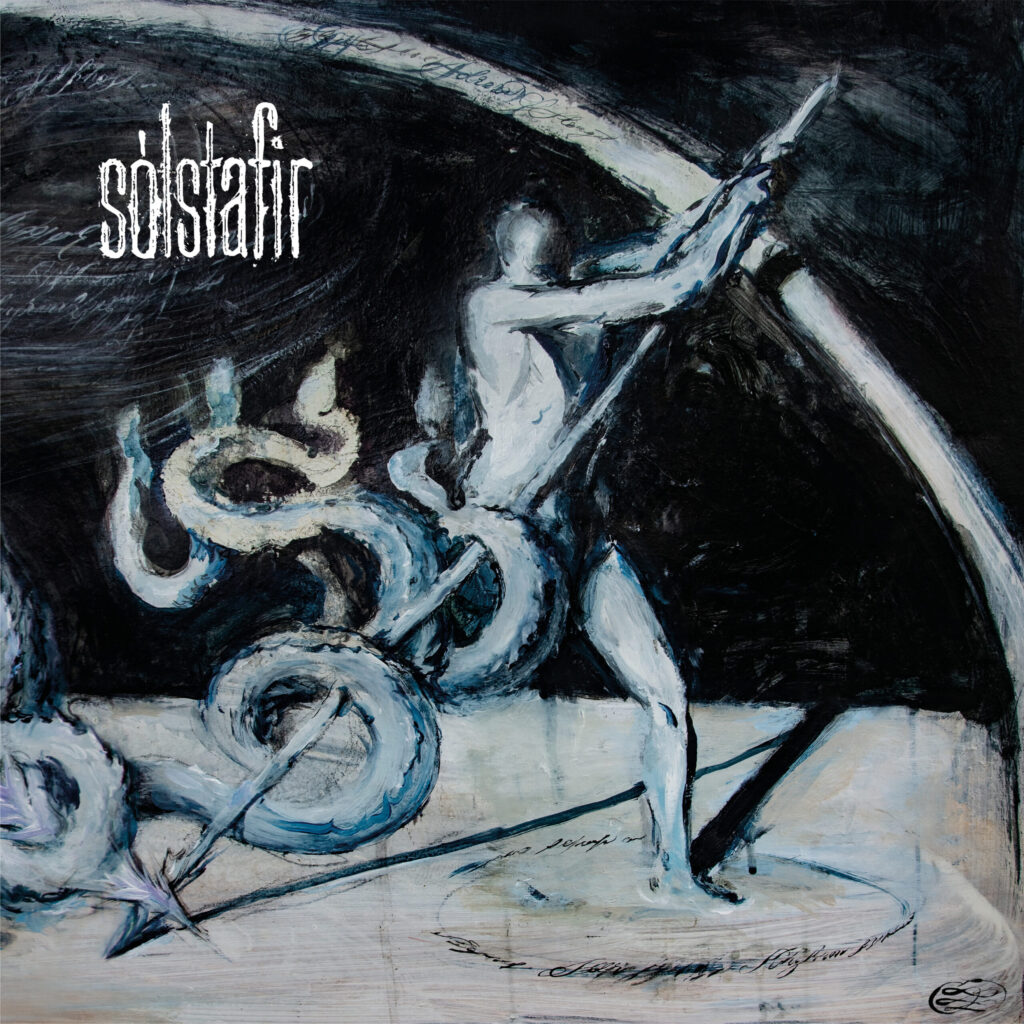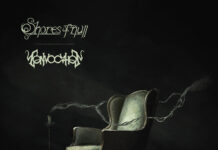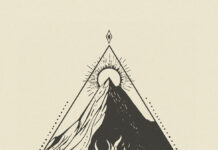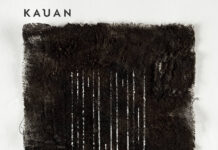Atmospheric and slightly black-metal-tinted Viking shoegaze – that’s pretty much how I would write off, in retrospect, the two haunting albums – “Ótta” (2014) and “Endless Twilight of Codependent Love” (2020) – by the Icelandic melancholy cowboys, SÓLSTAFIR. In my books, these two magnificent efforts have stood above the rest in the band’s catalog, at least, until now. Marking the first studio endeavor for their new label, Century Media, their new album “Hin Helga Kvöl,” released on November 8th, 2024, might just change that – that is, if the good impression imprinted on my delicate ears by its predecessor is anything to go by. Then again, having been converted to the parish of the band’s fanboys by their magnificent epics of cinematic grandeur, I wasn’t exactly sure what to think when I read that, for this new endeavor, these post-metal Vikings tried to write shorter songs for a change! Why would they give up on one of their absolute fortes?! On the plus side, however, I also read that the album would feature instruments, such as double bass and saxophone, that aren’t exactly the industry standard in this type of alternative gloom. For a closet jazz aficionado, this sounded almost too good to be true. So, I couldn’t but approach the offering, hoping for the best and fearing for the worst. The album title roughly translates as “the holy torment” and, putting the record on for the first time, I just wished the title was not to be taken literally.

Opening the album, “Hún Andar” sets a familiar, sinister tone to the album; the song is kind of an obituary to a living person whose mind has been lost to mental illness and drugs. Coming off as a nice cross between vintage NICK CAVE & THE BAD SEEDS and CRIPPLED BLACK PHOENIX, maybe with an extra coating of post-punk, the opener trades off the band’s lengthy, widescreen cinematics in favor of a tad more concise format. It’s hard to hold it against SÓLSTAFIR, though, as it seems to do the trick. With the song’s length being more than 5 minutes, it’s very likely that we won’t be hearing these bangers on the mainstream radio.
Next up, the title track draws more strongly from the band’s signature toolbox of sonic quirks, in terms of their black-metal roots and gritty shoegaze flourishes. On occasion, the familiar-sounding riffing sounds almost as though bordering on the post-black-metal aesthetic with the onslaught of soaring post-rock guitars and blast beats. This is one of the band’s absolute strengths, so I was glad to note that they hadn’t ditched it altogether. When the massive wall of distortion washes over you, it is like being bulldozed over by a tidal wave in the Arctic Ocean. So, even though these new songs are a bit shorter than the band’s most haunting epics on those earlier albums, the old black magic is still there.
Following the somewhat black’n’roll-ish “Blakkrakki,” the longest song, “Sálumessa,” clocks “merely” 7 minutes. At face value, it may not seem much but the song does make bloody good use of its every second by embarking on a cinematic journey into slow-crushing melancholy by way of near-meditative post-rock guitar tapestries in a funeral-doom tempo. Being an incurable sucker for this type of gloom, I cannot but hail the song as the peak moment on this outing.
What comes next, might make the unsuspecting listener prick his ears; the female choir offering some vocal back-up in the chorus comes off almost as a sly nod toward vintage soul and R&B, which elevates the song, “Vor ás,” to a league of its own. It’s like blending atmospheric post-metal with THE SUPREMES, adding a rather intriguing air of catchiness to the song. Mood-wise, the song is a rather far cry from the band’s trademark darkness, despite vocalist Aðalbjörn Tryggvason‘s familiar howling, but – damn! – it really works! The coda grooves like a steamroller, so much so, in fact, that it recalls, perhaps, the endeavors of those early-2000s blues revivalists rather than the gloomy metal legacy of these Icelandic melancholy cowboys themselves.
These two tracks above are the absolute highlights of the album. So, it proved a bit difficult to reorient my thoughts for the next couple of tracks – “Freygátan” and “Gryla” – because, quite frankly, they do not seem to pack so much punch, at least not at first. With both being something of ballads of sorts, it may require a few repeated spins to get to the bottom of them. Over time, you may find exquisite new layers, however – like the somewhat PORTISHEAD-like middle section in the latter. Also the coda of “Gryla” sounds catchier and catchier with each new spin. Speaking of which, the following track, “Nú Mun Ljósið Deyja,” soon picks up the momentum resonating with the air of being almost like a natural sequel to the coda of “Gryla.” The song is yet another highlight in the selection by way of being a somewhat black-metal-tinted powerhouse of emotion. The vibraphone motif, introduced somewhere along the way, is something to stick to your head for days. The song packs all the band’s signature strengths into a 3-minute banger. So, I’d say the album is starting to win me over at this point.
Closing the album, “Kuml (Forspil, Sálmur, Kveðja)” is a 6-minute headfuck in an almost Vangelis-like ambient realm. Yeah, you read that right; the synth textures resonate thick with the air of the best soundtrack of all time, Blade Runner, which is something you probably wouldn’t expect from this bunch! All this mixed with the band’s signature, gritty melancholy – with a little bit of saxophone sprayed on top – the song brings nothing short of a haunting closure to this sonic trip! I feel compelled to repeat myself as I deem this outing yet another magnificent treat by these Icelandic, stetson-wearing post-metal Vikings.
Written by Jani Lehtinen
Tracklist
- Hún Andar
- Hin Helga Kvöl
- Blakkrakki
- Sálumessa
- Vor ás
- Freygátan
- Gryla
- Nú Mun Ljósið Deyja
- Kuml (Forspil, Sálmur, Kveðja)
Lineup
Aðalbjörn Tryggvason – vocals, guitars
Svavar Austmann -bass
Sæþór Maríus Sæþórsson – guitars
Hallgrímur Jón Hallgrímsson – drums
Label
Century Media





